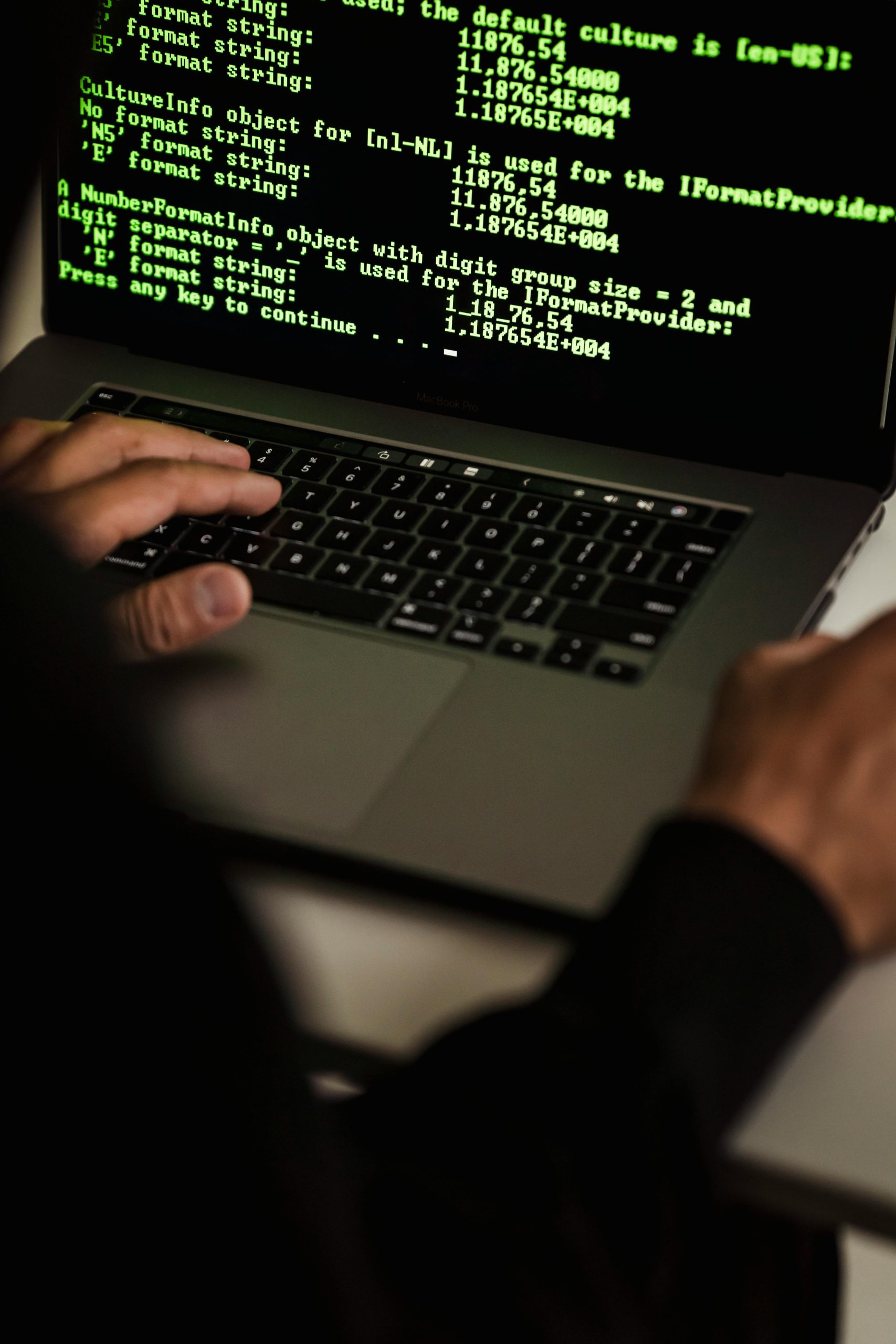Understanding Intermittent Command Prompt Pop-Ups on Your Laptop: What You Need to Know
As technology users, encountering unexpected system behavior can be both puzzling and concerning. Recently, some individuals have reported brief appearances of command prompt windows flashing on their laptop screens. If you’ve experienced this phenomenon, you’re not alone. This article aims to shed light on what these brief command prompt pop-ups might indicate and when they warrant further investigation.
What Are Command Prompt Windows?
The command prompt is a command-line interface used primarily by system administrators and power users to execute specific tasks, troubleshoot issues, or run scripts. Typically, these windows are intentionally launched by software processes, maintenance routines, or user commands. However, they should not appear spontaneously or without purpose.
Possible Causes of Brief Command Prompt Appearances
-
Normal System or Application Processes
Some legitimate programs run background scripts or update routines that temporarily trigger command prompt windows. These are often brief and not noticeable unless closely observed. For example, update installers, diagnostic tools, or system maintenance tasks may briefly open a command prompt. -
Software or Script Errors
If a program crashes or encounters an error, it might open a command window momentarily before closing. Monitoring such behavior can help identify problematic software. -
Malicious Activities or Unauthorized Access
Unexpected or unexplained command prompt pop-ups can sometimes be signs of malware or unauthorized remote access. Malicious scripts may execute in the background, displaying command prompts briefly to mask ongoing activities.
What Should You Do If You Notice These Pop-Ups?
-
Observe the Behavior:
Note the frequency, timing, and any patterns related to the pop-ups. Do they occur during specific applications or actions? -
Run Security Scans:
Use reputable antivirus and anti-malware tools to scan your system thoroughly. Ensure your security software is up to date. -
Check Running Processes:
Open your task manager or system monitor to identify unusual or unknown processes running in the background. -
Update Your System and Software:
Keep your operating system and all applications updated to patch security vulnerabilities. -
Seek Professional Assistance:
If you’re uncertain about the origin of these windows or suspect malicious activity, consult a cybersecurity professional for a comprehensive system review.
Preventative Measures
- Regularly update your software and security tools
- Avoid downloading files or clicking links from untrusted sources
- Use strong, unique
Share this content:



